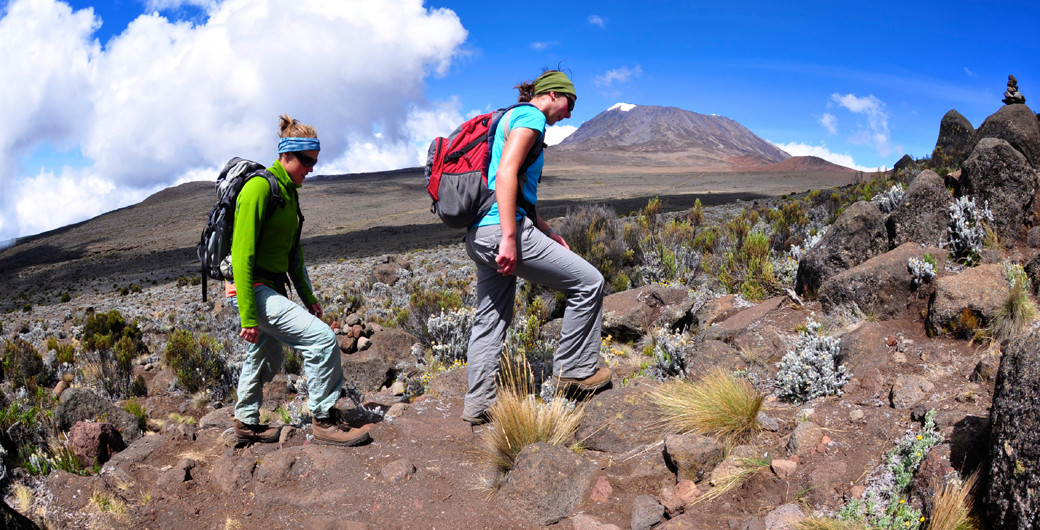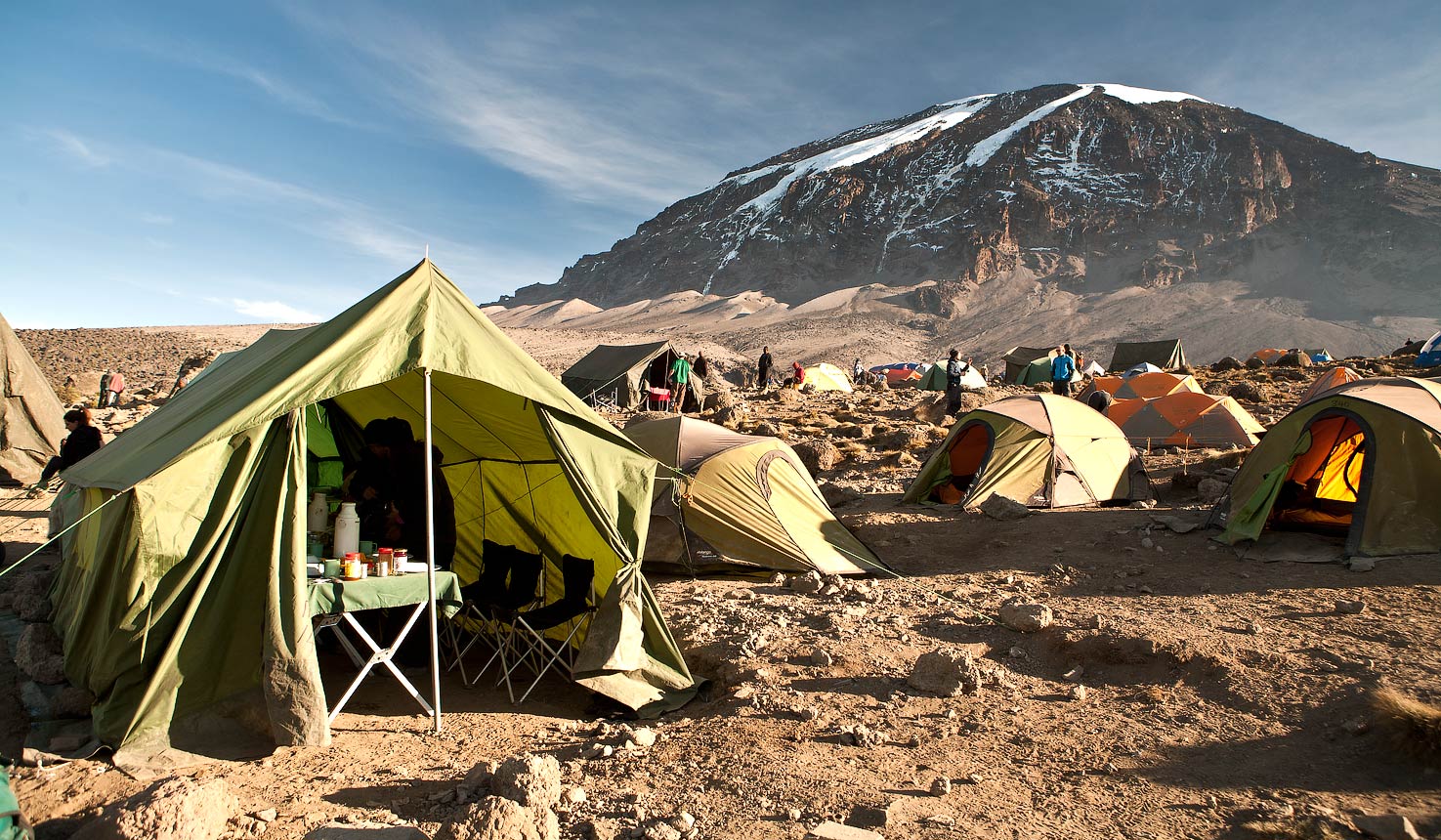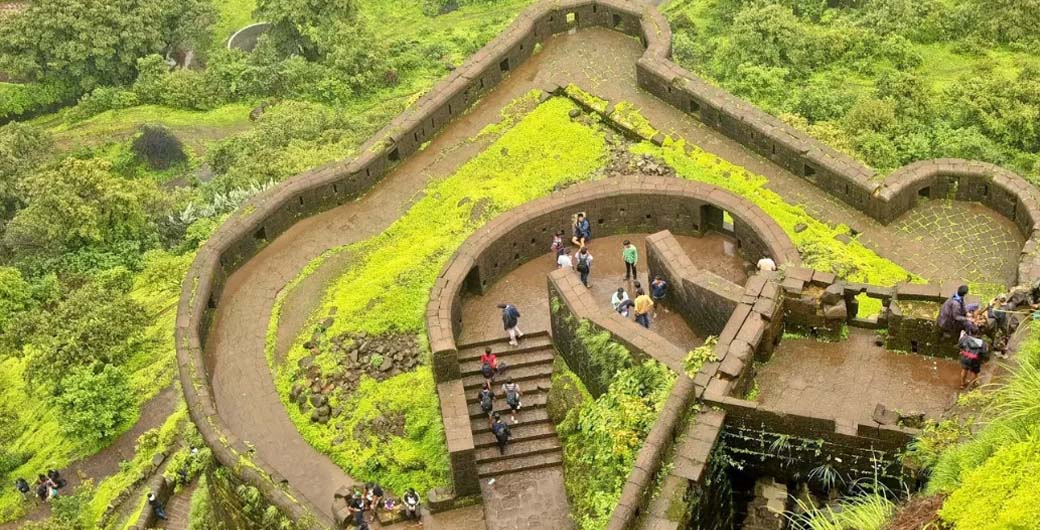Sarah Kingdom is a well trained and extremely experienced mountaineer and mountain guide. She guides our Kilimanjaro trek and some other expeditions. Come join us on this inspiring trek for the coming season under the leadership of Sarah.
“You never climb the same mountain twice, not even in memory. Memory rebuilds the mountain, changes the weather, retells the jokes, remakes all the moves.”(Lito Tejada-Flores). For me this is particularly apt when it comes to Kilimanjaro, a mountain that I have climbed a number of times now, and indeed, no two expeditions have ever been the same.
My first Kilimanjaro climb was on the Machame Route on the mountain with my eldest son and two American friends in 2010.Since then I have climbed the mountain many more times, on most of the different routes to the top, and there have been many experiences that have stood out along the way. There was the trip where one couple became engaged on the summit; the trip where a couple of clients came so unprepared that they expected to summit, in the dark and snow, in their running shoes and without head torches; the trip where clients sang Bollywood songs nearly all the way to the top; the trip where one client seemed so devoted to his, totally inadequate, cotton sweater, that I thought he was going to have to be surgically removed from it at the end of the adventure. My clients have come in all shapes and sizes, all ages and backgrounds, with a huge range in experience, expectations and ambitions. I have seen teams made up of friends, lovers, acquaintances, and total strangers all come together and bond over the experience of the climb… and along the way I have made many lasting friends and met people of all different walks of life that, were it not for the mountain, would likely never have crossed my path.
I am the guide on the mountain, so my presence there is pretty straight self-explanatory; but why do approximately 40,000 people a year seek to climb the world’s highest freestanding mountain? What possess people to travel from all corners of the globe, spend large sums of money, put in serious commitment and time to their preparations and training programs, and endure what, for many, is the discomfort and unfamiliarity of ‘roughing it’ for days on the mountain? There is no one easy answer to this question. For every climber on the mountain, there is a different reason. Some come for the adventure, some come because their friends talked them into it, some come to raise awareness and money for charitable causes, some come for deeply personal reasons relating to landmarks in their lives (losing a loved one, a retirement, marriage or divorce), some come to prove that disabilities that may personally affect them can be overcome with determination and perseverance, and some come simply because it seemed like a good idea at the time!
Many climbers come to Kilimanjaro to challenge themselves personally, to prove to themselves that they have what it takes to rise to the physical and mental challenge. I have had clients who, at first appearances, were very unpromising looking candidates for success; aging couch potatoes, who had never before seen the inside of a tent, let alone slept in one! But many years in the mountains has taught me the truth in that age old adage, ‘never judge a book by its cover.’ Before every climb I say to my teams, “70% of this climb will be done with your body, the rest will be done with your mind,” and I am constantly inspired by watching people who are struggling with journey, and seeing them reach inside themselves and find that extra little bit of motivation and strength that gets them to the top, even when it seems they are on the brink of quitting. Conversely, I have also seen many climbers come, full of bravado and bursting with self-confidence, only to have their brash talk cut down to size by the mountain.
If you type Kilimanjaro into Google, you will see that the mountain is frequently referred to as the ‘easiest of the seven summits’ and ‘Everyman’s Everest’, and yes, both of these statements are, to a certain extent, technically accurate, however I don’t believe they give a true representation of the various elements involved with attempting the climb. Whilst it may be true that you don’t need ropes, fancy gear, or even previous mountaineering experience to attempt Kilimanjaro, the mountain should not be underestimated. It is important not to be complacent and to come fully prepared.
As with any great landmark, anywhere in the world, when you mention the word Kilimanjaro in any company, you will be immediately be met with a barrage of ‘expert opinions’, many of which will come from people who have never so much as set foot in Tanzania, let alone got anywhere near the mountain. I have lost count of the number of times I have been informed that Kilimanjaro is an overcrowded rubbish dump, strewn with human excrement and trash. In fact, Kilimanjaro remains surprisingly clean, especially given the volume of foot traffic it receives. The Kilimanjaro National Parks authorities and the Tanzanian Government, realise that the mountain contributes greatly to the country’s economy, generating up to twenty million dollars a year in direct revenue from permit fees, and untold amounts through payments to guides, porters, cooks, travel companies, hotels, local shop keepers, and various other businesses. In order to safeguard this vital source of income, the authorities have instigated a wide range of measures to keep the mountain experience a good one for climbers. There are rules regarding rubbish removal and toilet usage, numbers of people in various campsites, and the bulk of the routes have been made ‘one way’ trails, so that despite the number of climbers on any given route and any given time, you see very few people. Overall the mountain has managed to retain a ‘wilderness’ feel.
Kilimanjaro is one of the great wonders of the natural world, a snow capped mountain straddling the equator; almost an island with a forested base, a snowy summit, and surrounded by a ‘sea’ of dry savannah plains. It has been said that climbing Kilimanjaro is like walking from the equator to the pole in a week; as you climb the mountain you travel through a series of diverse and beautiful botanical habitats, rainforest, scrubland, moorland, alpine forest, alpine desert and finally to the glacial summit. One must not forget though that this is a fragile environment, Kilimanjaro has lost 85% of its snow since 1912, and many experts say that there are only twenty years left before the snowcaps will melt completely. My recommendation would be to get there soon, before it all disappears!
Whatever your reason for climbing Kilimanjaro, for looking down over Africa,and what, at the time, feels like the world, from its summit; the experience will make you see both the world and your life in a different way. For some, what seemed impossible they now realise is indeed possible; for some the mountain top is a place for new beginnings, new ambitions, new visions, new phases in their lives; and for others the experience has brought people together in a bond that will last a lifetime. There is no one reason to climb Kilimanjaro, as Greg Child once said “Somewhere between the bottom of the climb and the summit is the answer to the mystery why we climb”.




